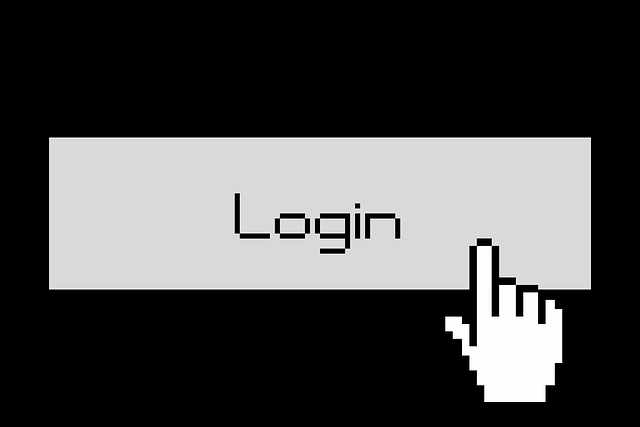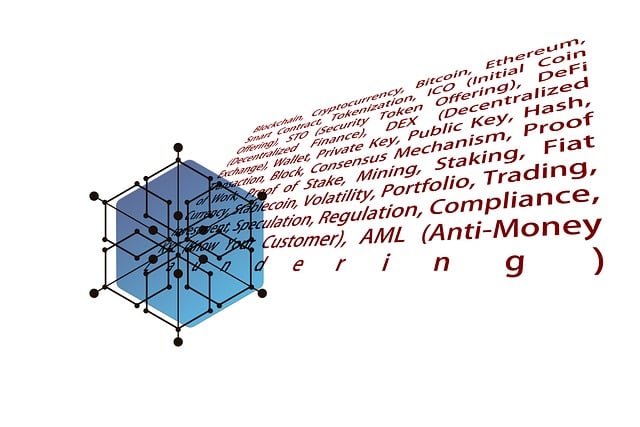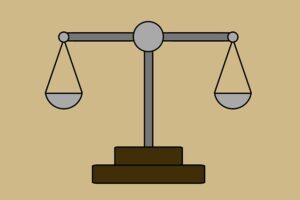The Sarbanes-Oxley Act (SOX) has drastically changed US financial IT management and regulation, making SOX compliance crucial for Certified Public Accountants (CPAs) to ensure financial reporting integrity. CPAs rely on advanced financial IT systems for efficient data management and automation. Robust security controls, like access restrictions and encryption, are mandatory under SOX to protect data within these systems. Continuous monitoring and regular IT audits strengthen these controls, enhancing transparency in financial reporting. Meticulous documentation, digital archives, and strict file security protocols further ensure accurate and secure accounting practices for SOX-compliant CPAs. Proactive measures are essential for accountants to stay updated with evolving regulatory standards and mitigate risks effectively.
In the digital age, financial IT systems are integral to a Certified Public Accountant’s (CPA) practice, but ensuring regulatory compliance is non-negotiable. This article guides CPAs through the intricate process of meeting SOX (Sarbanes-Oxley) compliance standards, offering a comprehensive overview for accountants. We explore the role of technology in navigating regulatory landscapes, focusing on security controls, fraud prevention, and audit-ready documentation. By implementing these measures, CPAs can maintain integrity in their financial systems and instill trust in stakeholders.
- Understanding SOX Compliance: A Overview for Accountants
- The Role of Financial IT Systems in Regulatory Compliance
- Identifying Essential Security Controls for Financial Data
- Implementing Control Measures to Prevent Fraud and Manipulation
- Documenting Processes and Maintaining Records for Audits
- Continuous Monitoring and Updates for Evolving Regulatory Requirements
Understanding SOX Compliance: A Overview for Accountants

The Sarbanes-Oxley Act (SOX) is a pivotal legislation that has significantly shaped the way financial IT systems are managed and regulated in the United States. For accountants, especially CPAs, SOX compliance is an essential aspect of their work, ensuring the integrity and reliability of financial reporting. This legal framework mandates robust internal controls over financial reporting processes, placing a heavy emphasis on data accuracy and retention.
SOX compliance involves implementing procedures that safeguard financial data within IT systems. Accountants must understand the act’s requirements to establish effective controls over data storage, retrieval, and transmission. This includes ensuring secure access to systems, proper data backup protocols, and maintaining detailed audit trails. By adhering to SOX guidelines, CPAs can provide assurance that financial reporting is accurate, reliable, and compliant with regulatory standards, fostering trust in the integrity of the company’s financial statements.
The Role of Financial IT Systems in Regulatory Compliance

Financial IT systems play a pivotal role in ensuring regulatory compliance for CPAs and accountants, especially in the context of SOX (Sarbanes-Oxley) compliance. These systems are designed to streamline financial processes, automate data entry, and provide real-time insights into financial activities. By leveraging advanced technologies, such as cloud computing and artificial intelligence, IT solutions for financial reporting enable accountants to accurately capture, store, and analyze vast amounts of financial data efficiently.
The integration of IT audits for accountants is crucial in maintaining compliance standards. Automated systems can generate comprehensive audit trails, enhancing transparency and traceability. This capability ensures that data retention CPA requirements are met, as all transactions and changes are meticulously documented. Moreover, these digital solutions facilitate regular backups, minimizing the risk of data loss and ensuring business continuity during regulatory inspections.
Identifying Essential Security Controls for Financial Data

In the realm of financial IT, ensuring data integrity and security is paramount for CPAs aiming to meet SOX compliance standards. With regulations like Sarbanes-Oxley (SOX) in place, accountants are responsible for upholding rigorous security controls within their organizations’ regulatory data systems. Essential security measures include implementing robust access controls, encrypting sensitive information, and maintaining detailed audit trails IT systems can generate. These controls not only safeguard financial data from unauthorized access but also provide invaluable insights during audits.
Moreover, effective compliance monitoring involves continuous evaluation of these security controls. CPAs should regularly assess the effectiveness of their existing measures, adapt to evolving regulatory requirements, and implement additional controls as needed. By prioritizing these essential security controls for financial data, accountants can confidently ensure their IT systems align with SOX compliance, fostering transparency and accountability in financial reporting processes.
Implementing Control Measures to Prevent Fraud and Manipulation

Implementing robust control measures is a cornerstone of ensuring financial IT systems adhere to regulatory compliance standards, particularly for SOX-compliant organizations. These controls act as a shield against potential fraud and manipulation, which can have severe consequences for CPAs and their clients. By establishing access controls accounting methods, such as role-based permissions and two-factor authentication, accountants can limit unauthorized access to sensitive financial data. This minimizes the risk of employees or external entities tampering with records, ensuring data integrity.
Regular compliance monitoring is another key strategy. Automated systems that track and log user activities enable CPAs to identify unusual patterns or suspicious behavior promptly. IT audits for accountants should be conducted periodically to assess the effectiveness of these controls, identify gaps, and make necessary improvements. This proactive approach not only strengthens SOX compliance but also instills confidence in the financial reporting process among stakeholders.
Documenting Processes and Maintaining Records for Audits

For CPAs, ensuring financial IT systems meet regulatory compliance requirements is non-negotiable. A key aspect of this involves meticulous documentation of processes and maintenance of comprehensive records. This practice, in line with Sarbanes-Oxley (SOX) compliance standards, facilitates transparent audits and instills confidence in the financial reporting process. Well-documented procedures enable auditors to easily trace transactions and assess internal controls, thereby enhancing the accuracy and reliability of financial statements.
Effective documentation goes beyond individual processes; it encompasses a robust framework for record retention. Digital archives, including backup systems, must be secure and easily accessible. Accounting compliance IT tools, featuring advanced access controls, play a pivotal role in safeguarding sensitive data and ensuring only authorised personnel can view or modify files. This, coupled with stringent CPA file security protocols, fortifies the overall integrity of financial records, thereby reinforcing public trust in reported figures.
Continuous Monitoring and Updates for Evolving Regulatory Requirements

Regulatory requirements within the financial sector are dynamic, evolving with changes in legislation and market practices. Continuous monitoring and updates are essential components of SOX compliance for accountants. They ensure that IT systems remain robust and aligned with the latest standards, particularly as data retention policies and CPA file security protocols are crucial elements in mitigating risks. Regular reviews and adjustments are necessary to address emerging threats and vulnerabilities.
CPAs must stay ahead of the curve by implementing proactive measures such as conducting frequent IT audits to assess system effectiveness and identify potential gaps. This ongoing process allows for immediate remediation, ensuring that financial records remain reliable and secure. By embracing these practices, accountants can effectively navigate regulatory landscapes, maintain SOX compliance, and protect sensitive client data.
